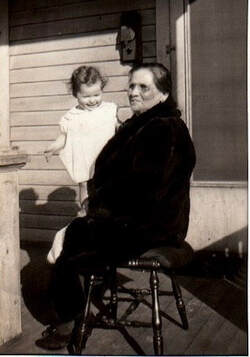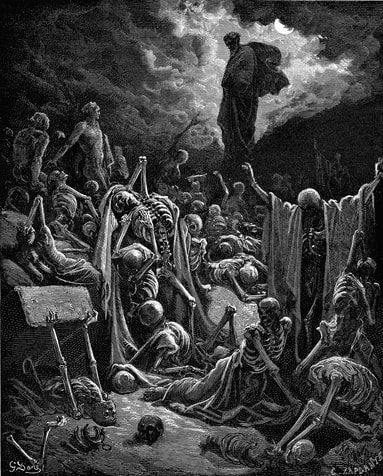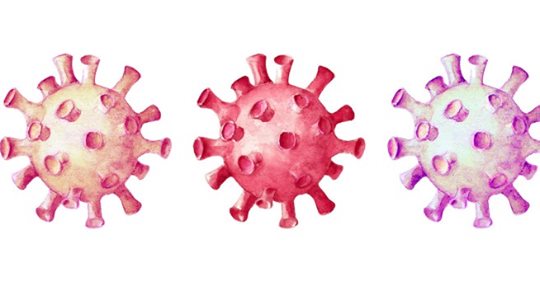could it be true?
Three, four,
millions more?
Five, six,
Dr. Brix,
Seven, eight,
tell us straight
Nine, ten,
It’s over . . . when?
*
Numbers and counting have been much on my mind of late.
Did I count to twenty while washing my hands? Am I six feet away from my neighbor? Did I leave those Amazon deliveries in the garage for twenty-four hours (or longer) before I opened them? Has there really been (as of May 7, 2020) only eighty-six deaths statewide in Nebraska (not to minimize the loss . . .) or is someone cooking the numbers? But more important — at least on a personal level — how many more days/weeks/months must Don and I count before we feel safe enough to leave the house, hug our much loved family and friends until they cry “Uncle!” and go get haircuts.
Geez. We might as well ask a Ouija board . . .
Today, I’m even more mindful of numbers and counting, because as I write this we’re just a few days past the mid-point in Sefirat HaOmer * — the seven weeks that Jewish tradition commands us to count between Passover and the festival of Shavuot, the holidays that mark the liberation of the Children of Israel from their physical bondage in Egypt to the morning they received the Torah and their spiritual freedom at Mt. Sinai.
And Oh my Lord, what a morning it was.
“At daybreak, there was thunder and lightning and a heavy cloud on the mountain and its smoke went up like the smoke of a furnace, and the shofar sound grew exceedingly stronger, and all the people of the camp stationed themselves beneath the mountain. And when the people saw the fiery words pour out of the mouth of the Almighty in seventy languages, accompanied by sparks shaped like letters and watched as they were inscribed on the stone tablets, they fainted dead away.” So goes one Midrash.
Turn the page and you find a Midrash that's a complete 180. “When the Holy One gave the Torah, no bird screeched, no fowl flew, no ox mooed, none of the angels flapped a wing, nor did the seraphim chant kadosh, kadosh, kadosh — Holy, Holy, Holy. The sea did not roar, and none of the creatures uttered a sound. Throughout the entire world there was only a deafening silence as the Divine Voice went forth speaking,
Anochi Adonai Elohecha. I am the Lord your God.”
Which version to believe? Flip a coin.
In either case, the revelation at Sinai was an overwhelming, life-altering experience.
The exact words I’d use for our days in Covid-19 isolation.
In her recent Tablet Magazine article, Counting the Omer in a World Without Time,
Shira Telushkin wrote, “As days blur into one another, finding value in a Jewish ritual (counting the Omer) that gives each day its own specific meaning has never felt so critical.” Here, Telushkin is referencing the Kabbalists who “filled the emptiness of counting with their wildly impractical but optimistic conviction that each day is not just some holding unit of time but holds the promise of a distinct and unique virtue in its own right.” Those virtues (seven, say the Kabbalists) are lovingkindness, discipline, compassion, determination, humility, connection and dignity. And so, a pattern emerges, number-wise.
As we count the time from Passover to Shavuot, the mystics suggest we strive (during each of the seven weeks) to examine a different virtue or attribute — one week for kindness, another week for discipline, another for compassion. You get it. Of course, the Kabbalists (my all-time favorite navel-gazers) went waaaay down in the weeds and assigned each of the days in the seven weeks another seven qualities for a total of forty-nine. “After all,” Telushkin continued, “no two days of the Omer hold the same characteristics. Instead, each day we are called upon to act with some new understanding of the world, or some new understanding of ourselves.”
And there’s the kicker. Truly understanding ourselves means looking at personal traits, some of which we’d rather close our eyes to. But take heart. The Talmud teaches that the holy ark in the Tabernacle contained two sets of the Ten Commandments --
the fragments of the first set, and the whole tablets of the second set.
The lesson?
Our brokenness is just as acceptable as our perfection. Our flaws and weaknesses can be embraced. Estelle Frankel, a psychotherapist, author and teacher of Jewish mysticism, says, “For ultimately the whole and the broken live side by side in us all, as our broken dreams and shattered visions exist alongside our actual lives.”
Right now, despite the isolation, my actual life is pretty damn good. Don and I and our kids and grandkids are well (p’tui, p’tui, p’tui), we love our home, we have enough food, Netflix is at the ready, and the telephone, email, ZOOM and FaceTime keep us connected to our family and community. It’s a cliche, but I'll say it anyway.
During these weeks of counting the Omer, I count my blessings.
*
By the way — if you’re wondering when we’ll be able to wander free again,
consider this. The name, COVID-19, reflects the fact that the virus was first reported
in 2019. Now, if you love gematria as much as I do, please note that according to
the website, www.gematrix.org, the numbers 2-0-1-9 add up to See You In July.
The same numbers also add up to Trump Is Not Our Savior.
Duh . . .
*
Rest, friends.
Give yourself permission to rest.
Oz
* a measure of grain.





 RSS Feed
RSS Feed
